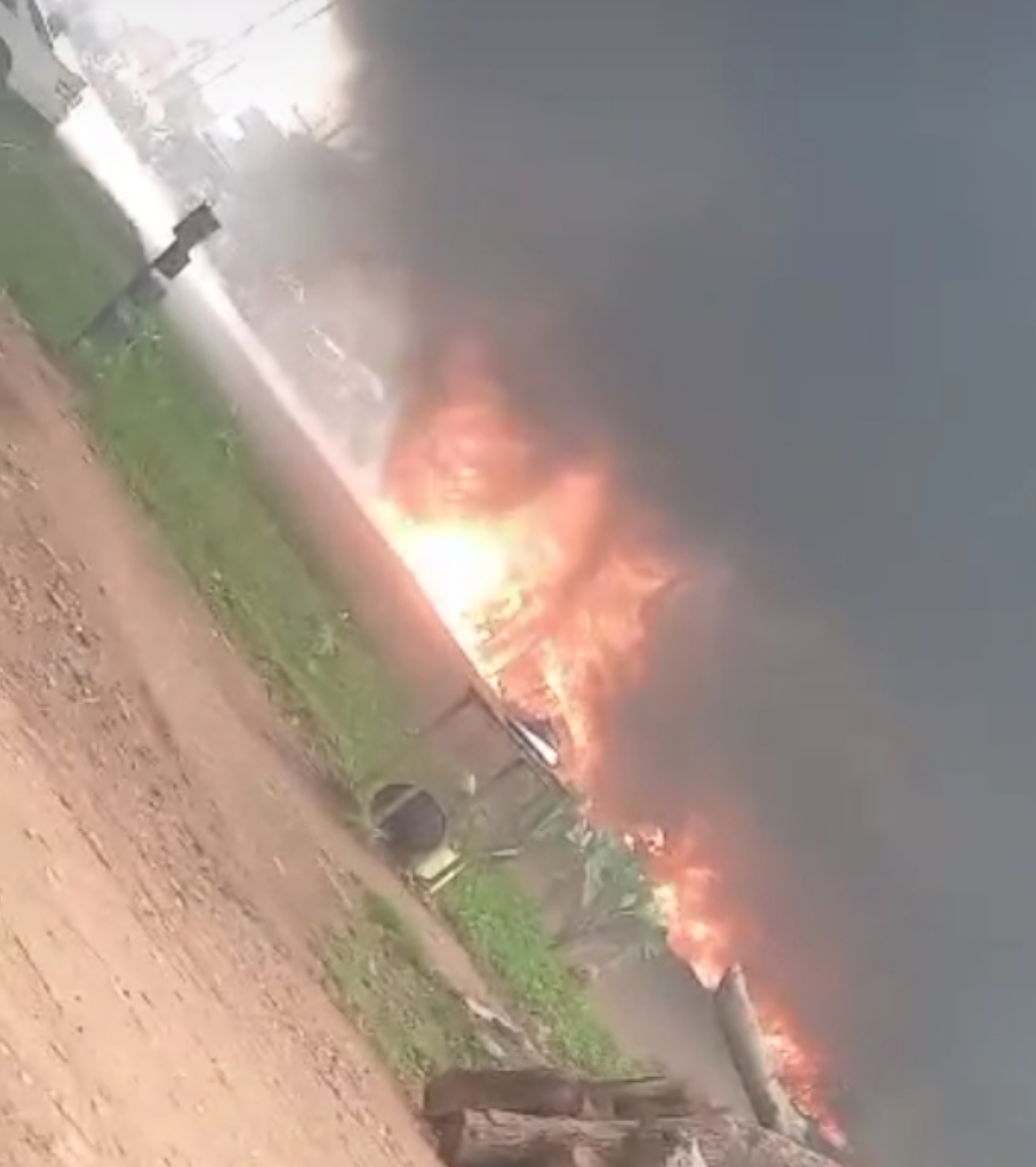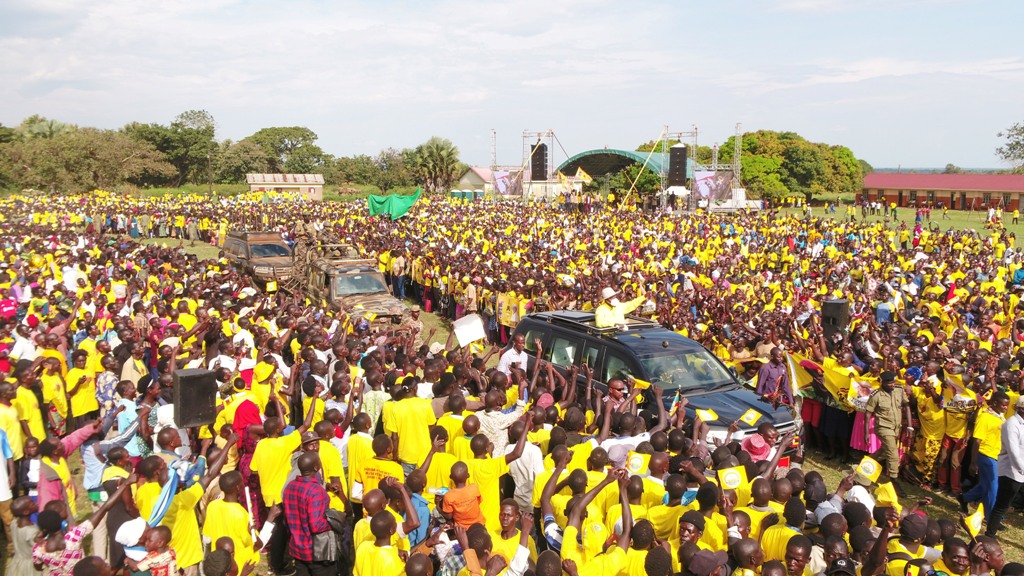Staying safe around fuel tankers, what you need to know
Uganda has witnessed a troubling surge in accidents involving fuel tankers, many of which result in massive explosions, fatalities, and environmental damage.

As fuel tankers rumble down Uganda’s highways, their massive presence is a reminder of the vital role they play in keeping the country’s economy running.
But beneath the surface, these mobile fuel carriers pose a significant threat to road safety, especially when drivers and pedestrians are unaware of the potential dangers.
Recent accidents involving fuel tankers have left communities devastated, raising a critical question: what can the public do to protect themselves when sharing the road with these volatile vehicles?
In light of the rising incidents of fuel tanker accidents, experts are calling for increased public awareness of safe practices around these vehicles. Staying safe on the road requires not just careful driving but also understanding the unique risks posed by fuel tankers.
Uganda has witnessed a troubling surge in accidents involving fuel tankers, many of which result in massive explosions, fatalities, and environmental damage. Last year, a horrifying accident on the Kampala-Masaka highway claimed over 20 lives after a fuel tanker collided with a bus, igniting a deadly blaze. The tragedy sparked a national conversation about road safety and the dangers of driving too close to fuel tankers.
Just yesterday, 11 people were reported dead and scores injured after a fuel tanker overturned and caught fire at Kigogwa Town on Kampala-Bombo road in Kasangati, Wakiso District.
While mechanical failures, poor road conditions, and driver fatigue often play a role, reckless behavior by other road users exacerbates the problem. Many motorists tailgate tankers, overtake recklessly, or park too close, increasing the chances of catastrophic accidents.
What Motorists Can Do: Stay Safe, Stay Smart
The public has a crucial role to play in minimizing the risks of accidents involving fuel tankers. By following simple but effective safety practices, drivers and pedestrians can significantly reduce the likelihood of disaster.
Experts recommend staying at least 50 meters behind a fuel tanker on the highway. This distance gives drivers enough time to react in case of an emergency. For overtaking, it’s crucial to ensure the road ahead is clear and to pass quickly and safely.
“Fuel tankers carry flammable liquids, and any impact could lead to a disaster,” explains Engineer James Muwonge, a road safety expert. “People often don’t realize how vulnerable they are when driving too close to these vehicles. Keeping your distance is the simplest and most effective way to stay safe.”
Overtaking a fuel tanker can be a nerve-wracking experience, but it becomes even more dangerous when done recklessly. Drivers should avoid overtaking on blind corners, steep hills, or in congested areas. Fuel tankers are slower and harder to maneuver than smaller vehicles, making it risky to pass them in tight spaces.
Engineer Muwonge emphasizes, “Drivers should only overtake tankers when they have a clear line of sight and plenty of room to safely complete the maneuver. Impatience can cost lives.”
Another often-overlooked danger occurs when vehicles park too close to fuel tankers in public spaces, especially at rest stops or parking lots. In the event of a fuel leak or a tanker fire, nearby vehicles can quickly become engulfed in flames.
Motorists should always park at a safe distance from fuel tankers, even in parking lots or when waiting at rest stops. “Many accidents happen off the highways when tankers are stationary. Keeping a distance from parked tankers is just as important as driving safely around them,” Muwonge advises.
Pedestrians Also at Risk
It’s not just motorists who need to exercise caution around fuel tankers—pedestrians are also vulnerable. People walking along busy highways or crossing roads should be aware of the heightened risk when fuel tankers are nearby.
Muwonge added that, “pedestrians should avoid walking too close to fuel tankers, particularly in areas without designated sidewalks. In the event of a mechanical issue or a spill, those nearby are at risk of injury. Pedestrians should also be cautious when crossing the road near tankers, ensuring the vehicle has ample time to stop or pass before stepping onto the road.”
In the unfortunate event of a fuel tanker accident, one of the most dangerous mistakes people make is rushing toward the scene. The risk of explosion is high, and spilled fuel can ignite with the slightest spark. Pedestrians and motorists should stay well clear of tanker accident sites and allow emergency services to handle the situation.
Engineer Muwonge stresses the importance of staying away: “People often crowd accident scenes, not realizing the grave danger they are putting themselves in. If a fuel tanker is involved, distance is your best defense.”
One such initiative is also the “Keep Your Distance” campaign, spearheaded by the Uganda Road Safety Network. The campaign encourages drivers to maintain safe following distances and urges pedestrians to avoid walking near fuel tankers. The initiative has already seen some success, with more motorists reporting better driving practices around tankers.
Fuel tankers are a necessary part of life in Uganda, but their presence on our roads requires extra caution from everyone. Whether you’re behind the wheel or walking along the roadside, understanding the risks and acting responsibly can mean the difference between life and death.







